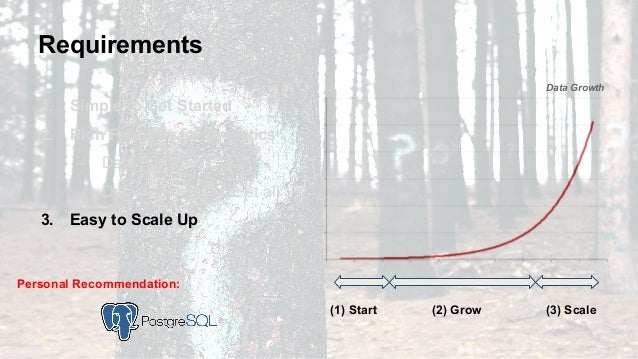
The OUTER JOIN is an extension of the INNER JOIN. In case of LEFT OUTER JOIN , an inner join is performed first. Then, for each row in table Tthat does not satisfy the join condition with any row in table T a joined row is added with null values in columns of T2.
Thus, the joined table always has at least one row for each row in T1. A JOIN is performed whenever two or more tables are joined in a SQL statement. The full outer join or full join produces a result set that contains all rows from both the left and right tables, with the matching rows from both sides where available. PostgreSQL JOINS are used to retrieve data from multiple tables. If there is no match, the missing side contains null values.
Joins Between Tables. Thus far, our queries have only accessed one table at a time. Queries can access multiple tables at once, or access the same table in such a way that multiple rows of the table are being processed at the same time. A query that accesses multiple rows of the same or different tables at one time is called a join query. Then it starts to scan if there are any rows from orders table that are not in the result set.

If so, it adds in those rows placing NULLs for all the fields of the supplier. Thus, make sure that each row of orders will appear at least once in the result set. Here is the example below. A CROSS JOIN clause allows you to produce the Cartesian Product of rows in two or more tables. Different from the other JOIN operators such as LEFT JOIN or INNER JOIN , the CROSS JOIN does not have any matching condition in the join clause.
Cross join TCROSS JOIN T2. For every possible combination of rows from Tand T(i.e., a Cartesian product), the joined table will contain a row consisting of all columns in Tfollowed by all columns in T2. So far, you have learned how to select data from a table, choosing which columns and rows you want, and how to sort the result set in a particular order. There are four basic types of SQL joins : inner, left, right, and full.
The easiest and most intuitive way to explain the difference between these four types is by using a Venn diagram, which shows all possible logical relations between data sets. Sonst nur € Versand! Sometimes we use the same field name for the same entity types across different tables. With JOINs , it is possible for us to combine the SELECT and JOIN statements into a single.
Lateral joins arrived without a lot of fanfare, but they enable some powerful new queries that were previously only tractable with procedural code. Let’s discuss each of these join types in detail. Before learning about join types, let’s create two sample tables.

The table given below lists the existing pseudo- types. This is a postgres db. I am attempting to pull dog breed names (Cane Corso, Labrador, etc) from a breed table, to display based on the foreign keys located in an animal table.
Ask Question Asked years, months ago. Table 8-shows all the built-in general-purpose data types.
Keine Kommentare:
Kommentar veröffentlichen
Hinweis: Nur ein Mitglied dieses Blogs kann Kommentare posten.